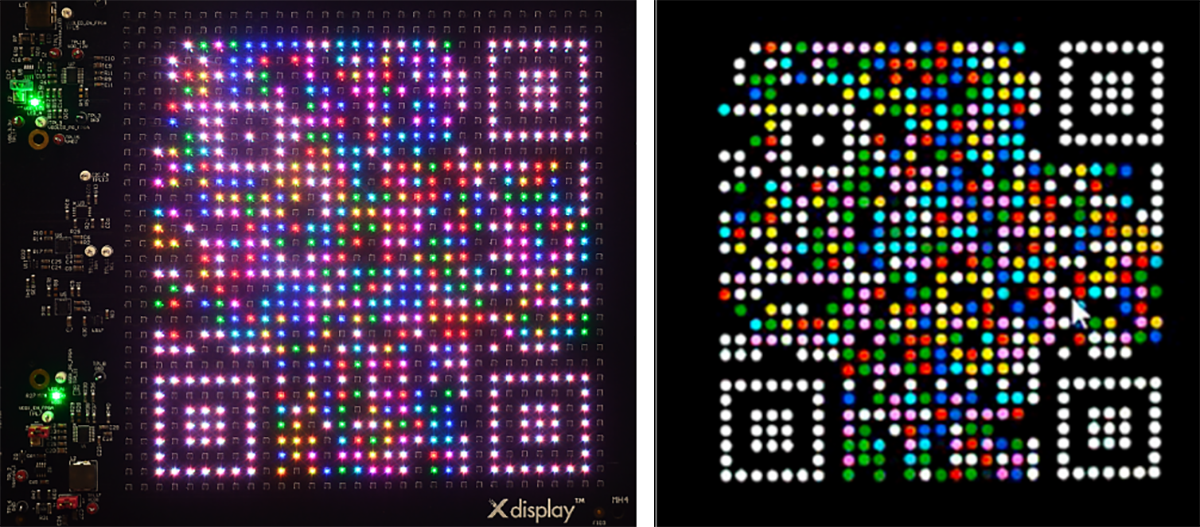
The X Display Company (XDC) has introduced a high-speed display capable of 1 million FPS. Gamers may one day rejoice at this technology, but it’s not for gaming.
Although the company uses the term FPS, this device is not for reproducing the image on the screen. Combined with an ultra-fast camera, it provides high-speed communication between computers.
«The» playback system consists of a fast micro-LED display that acts as a transmitter and a receiver in the form of a high frame rate camera. The display consists of thousands of emitters operating at different wavelengths. They change the «pattern» at a speed of up to a million frames per second. Each frame contains a piece of digitally encoded information, — XDC does not reveal how big it is. A high-speed camera captures this footage and decodes the data, enabling communication between the transmitter and receiver in real time without the use of cables.

The company announces the development of the technology to a bandwidth of 1Tbps. Still exceeds the performance of the fastest network interfaces today, but slower than the upcoming 1600G technology (1.6Tbps). And it is definitely not the fastest optical communication technology under development.
The system dynamically adapts to bandwidth needs and achieves two to three times better energy efficiency than 800G optical transceivers. It can be effective in data centers, where network power consumption and cooling account for a significant portion of operating costs.
The XDC interconnect architecture does not require physical fiber or copper connections, which means flexibility and ease of maintenance in large data centers. However, a large-scale change in the transmission medium from fiber or copper to air or vacuum can require significant redesign of servers and centers. Obviously, the biggest problem with the technology will be its application in modern conditions. Most likely, it will involve new servers and data centers, not re-equipment.
Source: Tom’s Hardware

Spelling error report
The following text will be sent to our editors: